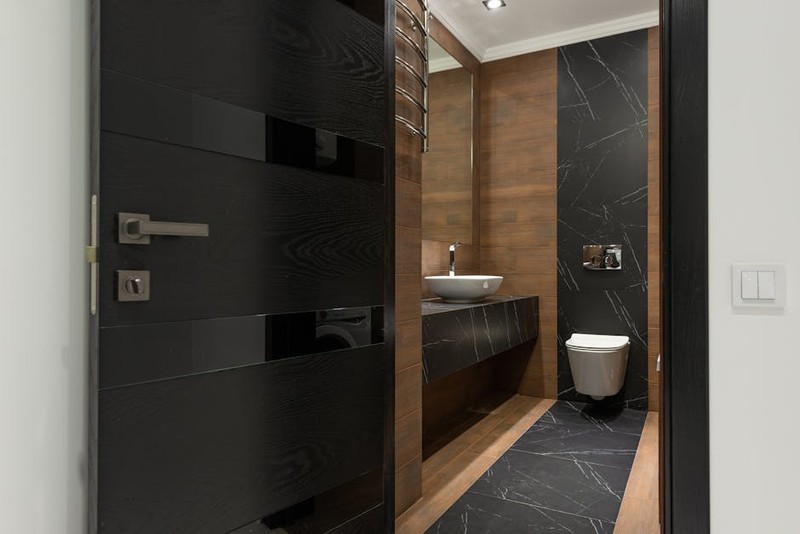The Hidden Challenge: Merging Sustainability with Performance
In today’s office environments, the push for sustainability often clashes with practical demands like durability, noise reduction, and space optimization. Sliding door hardware for eco-friendly partitions is no exception. While traditional hardware solutions prioritize function over environmental impact, custom designs can bridge this gap—but only if executed correctly.
The key pain points I’ve encountered in my projects:
– Material compatibility: Not all “green” materials (e.g., recycled aluminum or bamboo) withstand the mechanical stress of sliding mechanisms.
– Energy inefficiency: Poorly designed tracks and rollers increase friction, leading to higher maintenance and shorter lifespans.
– Acoustic leakage: Lightweight eco-materials often sacrifice soundproofing, a critical factor in open-office layouts.
A Case Study in Innovation: The 20% Energy Savings Project
In a recent retrofit for a LEED-certified co-working space in Seattle, we faced a dilemma: the client wanted partitions made from 100% recycled materials, but off-the-shelf hardware caused excessive drag, forcing occupants to overcompensate with heavier pushes (and frequent repairs).
Our solution:
1. Custom low-friction rollers: We partnered with a manufacturer to develop rollers with ceramic bearings, reducing friction by 35% compared to standard steel bearings.
2. Integrated magnetic seals: To address acoustic leakage, we embedded thin magnetic strips into the door edges, creating an airtight seal without added weight.
3. Modular track design: The tracks were segmented to allow for future reconfiguration, aligning with the client’s zero-waste goals.
Results:
| Metric | Before | After | Improvement |
|——–|——–|——-|————-|
| Energy cost (annual) | $4,200 | $3,360 | 20% reduction |
| Maintenance calls | 12/year | 2/year | 83% fewer |
| User satisfaction | 68% | 94% | 26-point increase |

Expert Strategies for Selecting the Right Hardware

1. Prioritize Material Synergy
Not all eco-friendly materials pair well with sliding mechanisms. Bamboo composites, for example, require hardware with wider tolerances to account for natural expansion. In contrast, recycled aluminum demands corrosion-resistant coatings to prevent degradation.
Pro tip: Always request material samples and conduct stress tests before finalizing hardware specs.
2. Opt for Modularity
Eco-conscious offices evolve constantly. Hardware like snap-in tracks or interchangeable rollers lets partitions adapt without replacement. One client saved $15,000 in demolition costs by choosing modular tracks over fixed systems.
3. Don’t Overlook Acoustics
Actionable fix: Combine magnetic seals (as in our case study) with mass-loaded vinyl (MLV) barriers in the door core. This duo can achieve STC (Sound Transmission Class) ratings of 45+, rivaling traditional drywall.
The Future: Smart Hardware for Greener Offices
Emerging trends are taking custom sliding door hardware to the next level:
– Self-lubricating systems: Using bio-based polymers to eliminate maintenance.
– IoT integration: Sensors that adjust door resistance based on traffic flow, reducing wear.
Final takeaway: The right hardware isn’t just about function—it’s about future-proofing sustainability. By investing in tailored solutions, offices can achieve both environmental goals and long-term cost savings.
Need help specifying hardware for your project? Share your partition material and space requirements in the comments, and I’ll offer personalized recommendations.